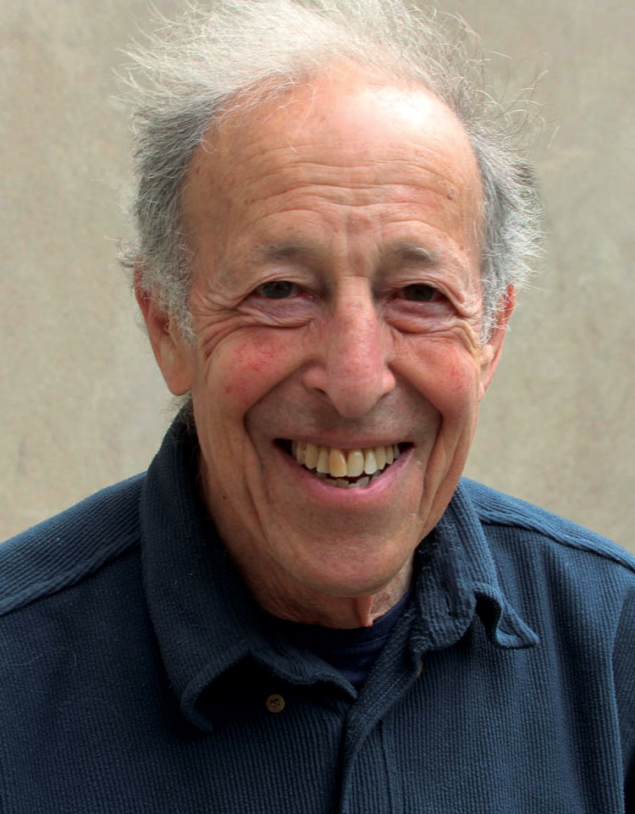
Ben R Mottelson passed away on 13 May aged 95. He will be remembered as an outstanding physicist who played a decisive role in the understanding of atomic nuclei and as an inspiring and warm human being with an engaging and outgoing personality.
Ben Mottelson was born in Chicago in 1926 into a family where his father held a university engineering degree. He finished high school in 1944 and was drafted into the navy, which rapidly recognised the young man’s potential and sent him to Purdue University to train as a naval officer. He completed his bachelor degree there in 1947 and subsequently obtained his PhD from Harvard University in 1950 with Julian Schwinger as his supervisor. He won a Sheldon travel fellowship and chose in 1950 to go to the Niels Bohr Institute in Copenhagen, where he was to remain the rest of his life, becoming a Danish citizen in 1971.
After a number of temporary positions, Ben became a permanent member of CERN’s theoretical study group, which was temporarily established in Copenhagen in 1953–1957 while the Geneva site was being completed. He became a tenured professor at Nordita, then the Nordic Institute for Theoretical (Atomic) Physics, at the Niels Bohr Institute in 1957 and headed Nordita from 1981 to 1983.
In Copenhagen, he established a close scientific collaboration and friendship with Aage Bohr (1922–2009), the son of Niels Bohr. The pair worked on understanding the structure of atomic nuclei based on an inter-play between collective and single-particle degrees of freedom which, as first pointed out by James Rainwater, might not all be spherical. A consequence of deformation would be the existence of rotational bands, as for molecules, which were discovered experimentally early in the 1950s using Coulomb excitation with the cyclotron at the Niels Bohr Institute. A central question was why the effective moment of inertia of a deformed atomic nucleus is smaller than for a rigid rotor. This was understood by Aage, Ben and David Pines in 1958 as a consequence of the pairing of nucleons leading to an energy gap, in analogy with the pair correlations between electrons in a superconductor.
In subsequent decades Aage and Ben refined the theoretical description of nuclei with a unified nuclear model that accounted for the variety of nuclear excitations in a coherent fashion, establishing a lively collaboration with experimentalists from all over the world. In 1975 Aage, Ben and James Rainwater were awarded the Nobel Prize in Physics for their work. Ben also received the Atoms for Peace award in 1969.
Ben had a close scientific collaboration and friendship with Aage Bohr, the son of Niels Bohr
The partnership between Aage and Ben was fruitful in spite of their different personalities, Aage being the more reserved and Ben the more outgoing personality. The author of this obituary fondly remembers the pair attending the weekly experimental group meetings and attentively questioning all the speakers, sharing insights and always providing kind inspiration to both young and old. Later, Ben turned his attention to other manifestations of shell structure in mesoscopic systems of atomic clusters and to the properties of cold atomic Bose–Einstein gases. From 1993–1997 he was director of the ECT* theory centre, which he helped establish in Trento, Italy.
Ben Mottelson was an unpretentious, open and engaging family man. Until close to the end he continued to come regularly to the Niels Bohr Institute, attending seminars and scientific events, often to be seen on his bicycle. He will be sorely missed.





